LatexWorkShops  always happy to help
always happy to help
To buy materials such as rotary cutters, thinners, glues, polish, please double check the Internet and then you may try latex clothing shops, haberdasheries, art shops and office suppliers to begin with. If you have any questions contact us, we are always happy to help.
Glues & Cleaners
Always apply glue with a spatula. Never use a brush, as brushes do not provide an even, flat layer, and you may lose some bristles along the way. There are many brands of glue available. They all use the same base chemicals. Hydrocarbon solvents combined with vulcanising additives will dissolve natural or synthetic rubber.
It is better to wipe your cleaner using a lint free cloth, as they won’t leave any little fibres. These are typically ‘medical clothes’ and are readily available and inexpensive from the Internet.
It is best working practise to ensure surface areas are clean before working and are cleaned when necessary.
Listed below are some brands, commonly used by retailers and enthusiasts alike.
Europe
Glue
Bostik 3851
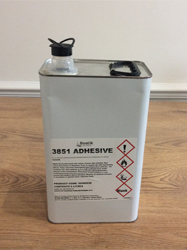
This is a natural glue and gives the strongest bond.
CopyDex
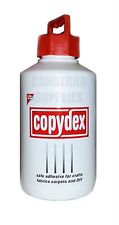
A PVA glue. Essential for soaking into cotton tape and zips.
Cleaner
Bostik 6009
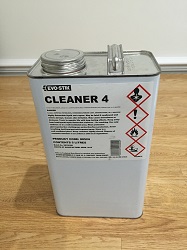
Commonly known as ‘thinner’, perhaps ‘Cleaner 4’. It is pure heptane and can easily be bought from the Internet, for example, from eBay.
Evo-Stik Adhesive cleaner is seemingly another brand name.
Rest of the World
This should help a lot Beacon Rubber cement and solvents
Glue
Rema Tip-Top SVS-VULC

This is the most common globally solvent based rubber cement. This “SVS-VULC” version, is sold in the EU, Australia etc, and contains naptha (whilst in North America, that version contains trichlorethylene).
Rubber Cement
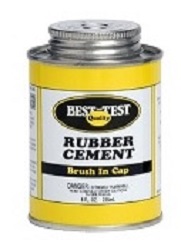 and
and 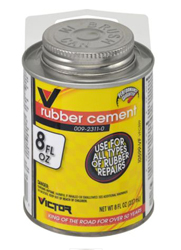
North American brands.
Coleman’s Camping Stove Fuel
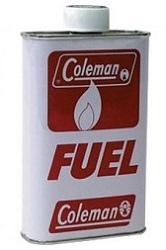
North America in particular uses this cleaning solvent, I believe it is n-heptane. Heptane can be easily be bought from the Internet, for example, from eBay.
As we are based in Europe we don’t have experience of all glues & cleaners and so this is largely based on what kind retail friends and workshop attendees have confirmed with us.